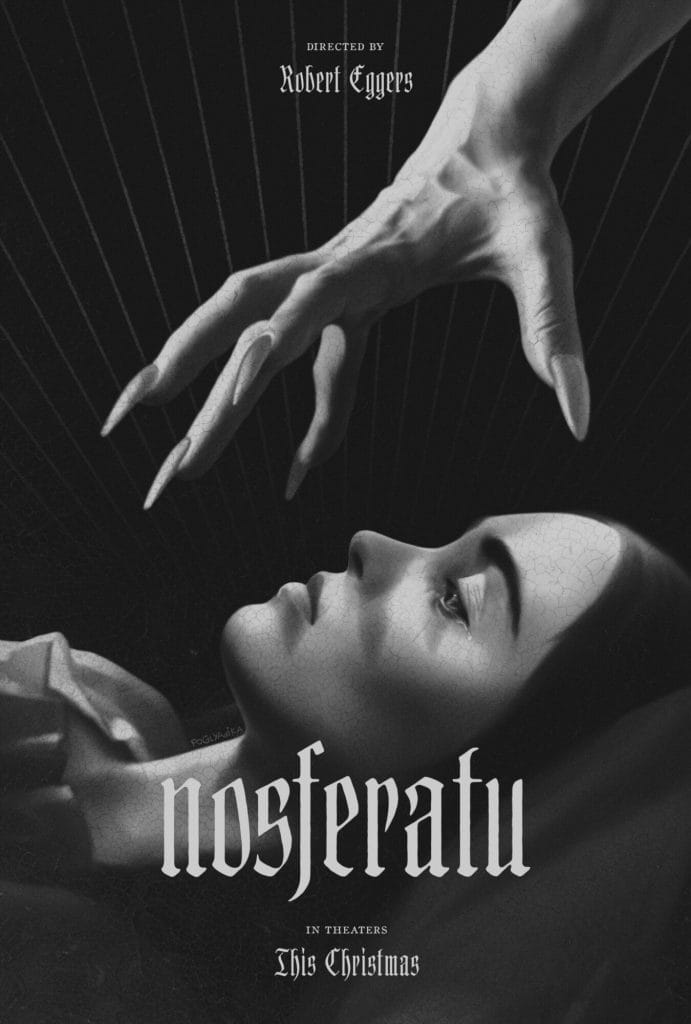Origins of a Vampire
Nosferatu is a name synonymous with the vampire mythos, evoking images of eerie castles, sinister shadows, and the timeless allure of the undead. Originating from folklore and immortalized in cinema, Nosferatu has become an iconic figure in popular culture, symbolizing the enduring fascination with vampires.
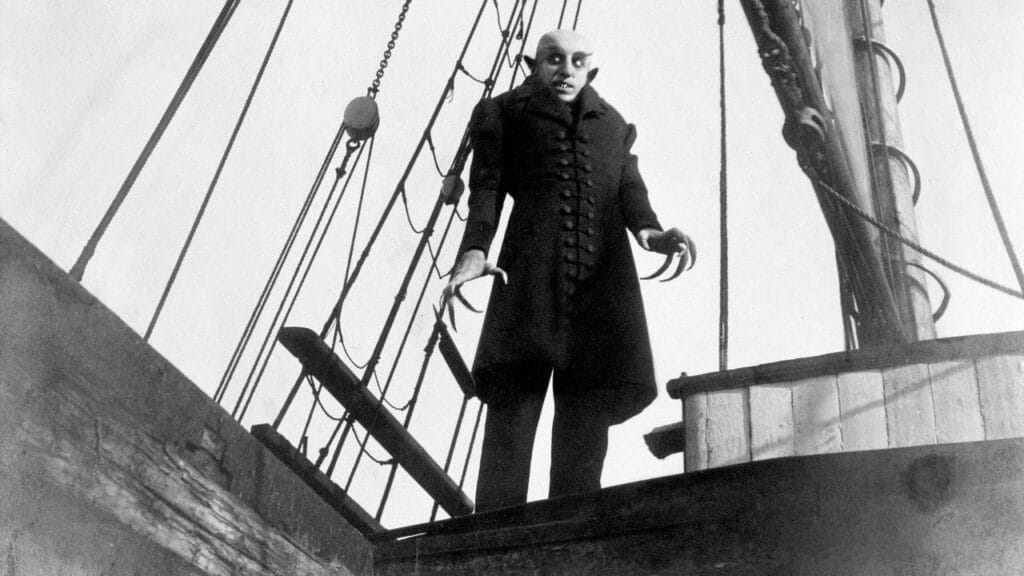
The term “Nosferatu” is believed to derive from the Romanian word “nesuferit,” meaning “insufferable” or “offensive.” In Eastern European folklore, Nosferatu referred to a type of vampire, a malevolent spirit or reanimated corpse that preyed upon the living. These creatures were often depicted as bloated, darkened figures with sharp teeth and claws, capable of spreading plague and disease.
Vampire legends were deeply rooted in the superstitions of rural communities. The fear of the undead was linked to a lack of understanding about decomposition and disease transmission. Bodies that appeared unusually preserved or those buried in times of epidemics were often exhumed and subjected to rituals intended to prevent their return as vampires. These rituals included staking, decapitation, and burning.
Haunting terror in movies
The most famous incarnation of Nosferatu emerged in 1922 with the silent film Nosferatu: A Symphony of Horror (original title: Nosferatu, Eine Symphonie des Grauens), directed by F.W. Murnau. This unauthorized adaptation of Bram Stoker’s Dracula was a landmark in horror cinema, introducing audiences to the chilling figure of Count Orlok, portrayed by Max Schreck.
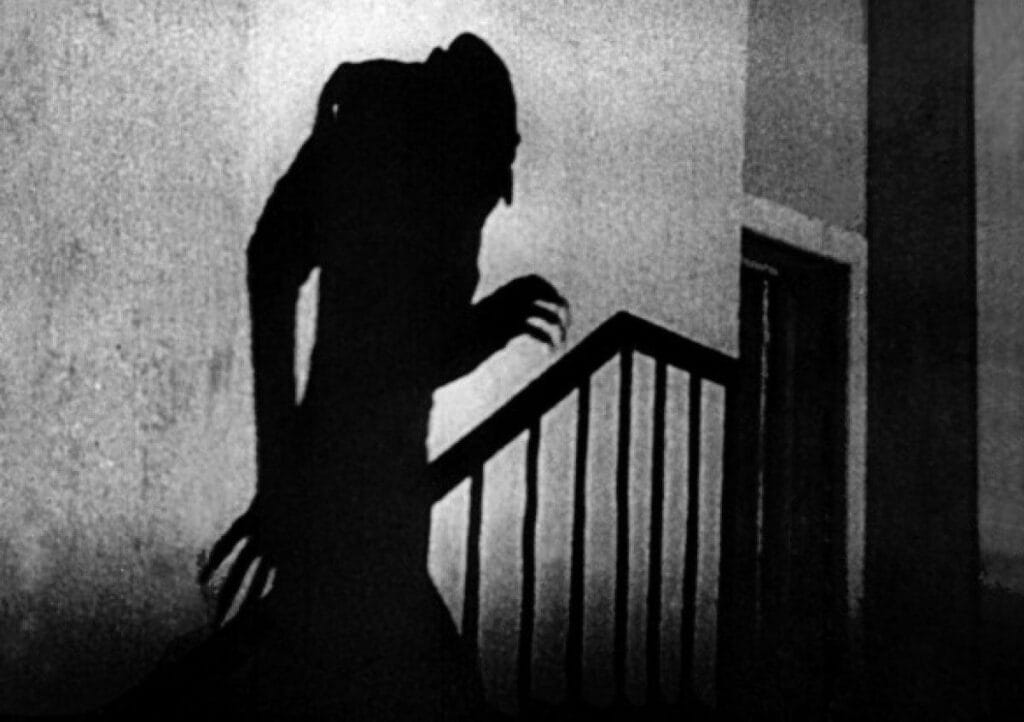
Count Orlok differed significantly from Stoker’s Dracula. He was depicted as a grotesque, rat-like creature with elongated fingers, pointed ears, and a gaunt face. This image has become iconic, defining the visual representation of vampires in cinema and popular culture. The film’s expressionistic style, with its stark lighting and distorted angles, created an atmosphere of dread that influenced countless horror films.
Nosferatu was notable not only for its terrifying imagery but also for its innovative storytelling techniques. Murnau used shadow and light to evoke fear, creating some of the most memorable scenes in film history, such as Orlok’s shadow ascending a staircase. Despite its initial legal troubles with Stoker’s estate, which led to a court order to destroy all copies, Nosferatu survived and became a cornerstone of horror cinema.
His impact on popular culture is immense. The character of Count Orlok has appeared in various forms of media, including films, television shows, literature, and even music. His distinctive appearance has inspired numerous reinterpretations and homages.
Nosferatu has been referenced and reimagined in many films and TV shows. Werner Herzog’s Nosferatu the Vampyre (1979) is a notable homage, starring Klaus Kinski as a more melancholic and tragic version of Count Orlok. This film pays tribute to the original while adding layers of psychological depth and romanticism.
Gothic Literature and Art
Nosferatu has also influenced literature, inspiring numerous vampire novels and short stories. The character’s image and themes have appeared in works ranging from gothic horror to modern supernatural fiction. The eerie, haunting qualities of Nosferatu have also been a muse for musicians, particularly in the gothic and metal genres. Bands like Blue Öyster Cult and Rob Zombie have referenced the character and film in their music, using Nosferatu’s dark, atmospheric presence to enhance their artistic expression.
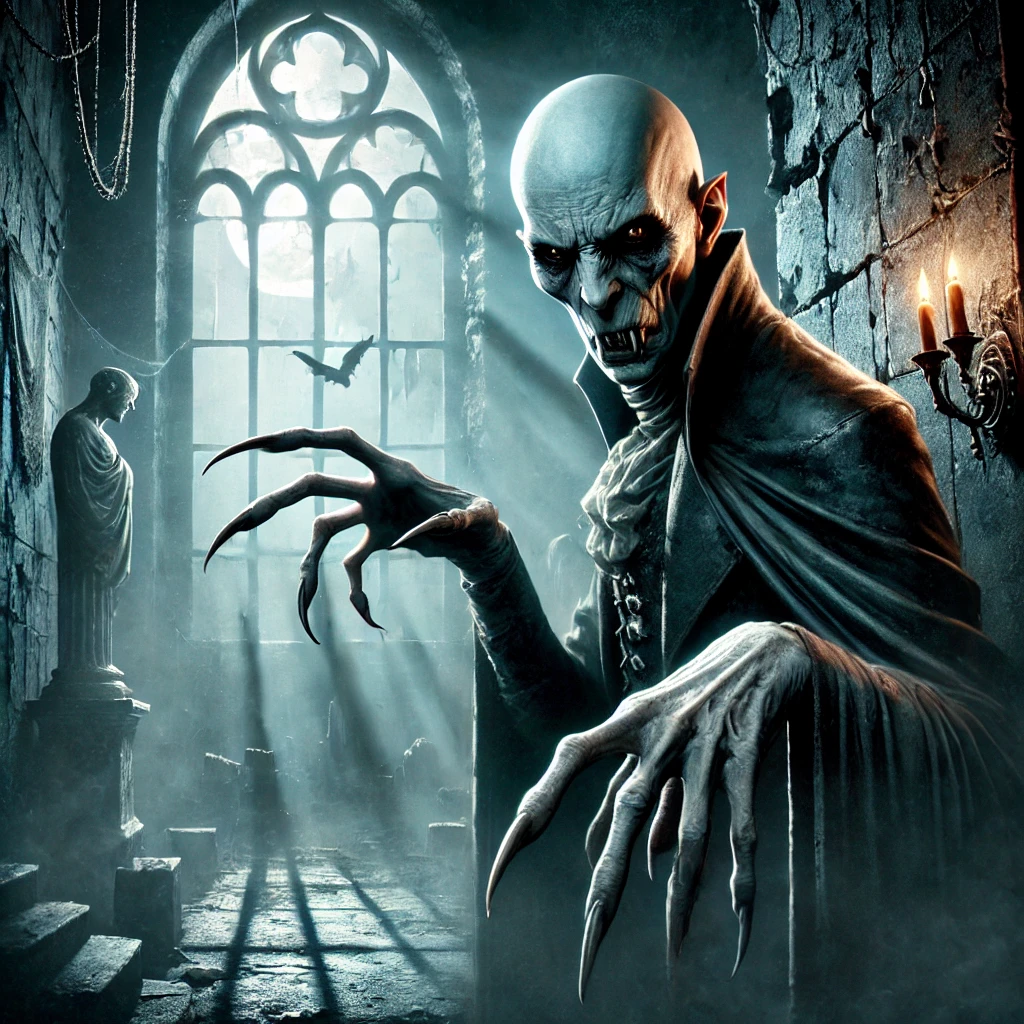
In the world of art, Nosferatu’s visual style has influenced graphic novels, comics, and illustrations. Artists often draw on the film’s iconic imagery to create new interpretations of the vampire mythos. The character has also appeared in video games, where his eerie and menacing presence adds to the immersive horror experience.
Nosferatu represents more than just a fearsome creature; he embodies the timeless fascination with death, the supernatural, and the unknown. His grotesque appearance contrasts with the romanticized portrayal of vampires, highlighting the more primal and terrifying aspects of the myth.
The character’s survival through legal battles and the passage of time underscores his resilience in the cultural imagination. Nosferatu’s influence extends beyond horror, touching on themes of immortality, the fear of the outsider, and the struggle between good and evil. His presence in popular culture continues to evolve, reflecting society’s ongoing fascination with the macabre and the supernatural.
Epilogue
Nosferatu, both as a figure from folklore and as an icon of cinema, has left an indelible mark on popular culture. From the terrifying Count Orlok in F.W. Murnau’s classic film to his numerous appearances in modern media, he continues to captivate and haunt audiences. The character’s enduring legacy is a testament to the power of myth and the universal appeal of the vampire as a symbol of our deepest fears and desires. As long as there is a fascination with the supernatural, Nosferatu will remain a haunting presence in our cultural landscape.
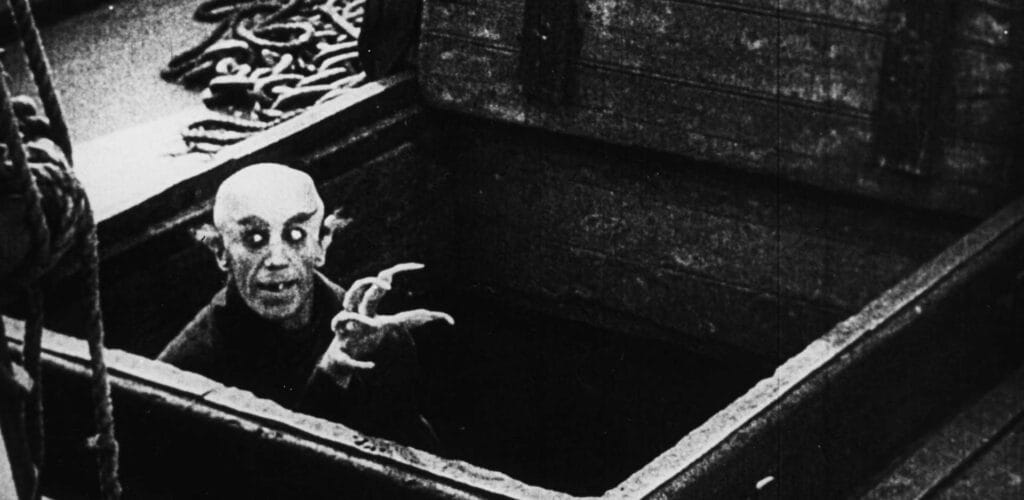
New “Nosferatu’ Movie
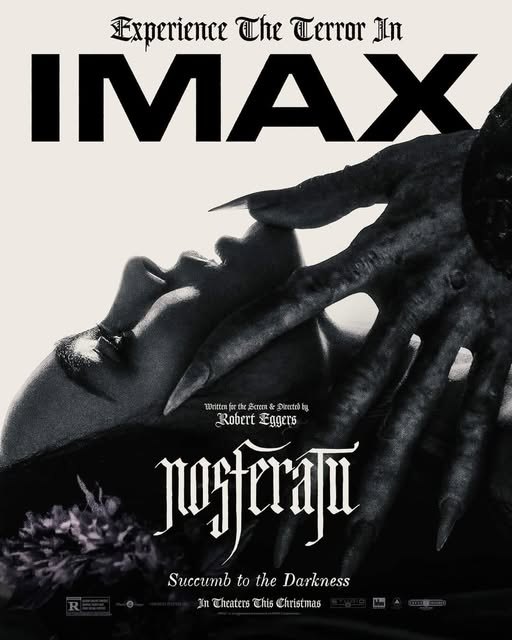
A new “Nosferatu” movie 2024 directed by Robert Eggers is launching in cinemas all over the world. This movie has all the dark and haunting charasteristics of a horror movie and brings back the fear of haunting dreams, obscure shadows and will seduce you to its pure terror!
Highly recommended for the funs of horror and occult movies.
